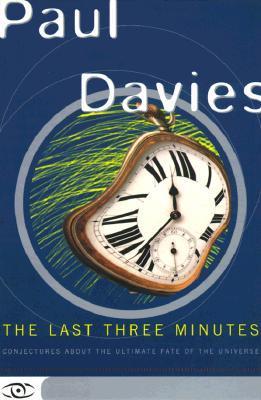
Cosmic Questions: Galactic Halos, Cold Dark Matter and the End of Time
Book Description
What if the universe is held together by an invisible web of cold dark matter? In "Cosmic Questions: Galactic Halos, Cold Dark Matter and the End of Time," Richard Morris takes readers on a breathtaking journey through the cosmos, unraveling the mysteries of galactic halos and the fundamental forces that shape existence. From pulsating stars to the chilling voids of space, each revelation challenges our understanding of reality and our place within it. With stakes that transcend time itself, this exploration delves into the fabric of the universe. Can we unlock the secrets that may define the fate of all creation?
Quick Book Summary
"Cosmic Questions: Galactic Halos, Cold Dark Matter and the End of Time" by Richard Morris is a thought-provoking exploration of the universe’s deepest mysteries. Morris eloquently guides readers through the invisible but essential forces that shape the cosmos, notably focusing on galactic halos and the enigmatic nature of cold dark matter. The book blends accessible physics explanations with philosophical musings, inviting the curious to contemplate phenomena ranging from the formation of galaxies to the ultimate fate of the universe. Through engaging prose, Morris discusses how scientists piece together clues about dark matter and what these discoveries mean for understanding both the history and potential endpoint of the cosmos. The narrative encourages readers to question our assumptions, marvel at the unknown, and reflect on humanity's place in an ever-unfolding universe.
Summary of Key Ideas
Table of Contents
Galactic Halos and the Structure of the Universe
Galactic halos are immense, spherical regions enveloping galaxies, composed mostly of invisible material. Morris introduces readers to the discovery of these halos through observations that contradicted Newtonian gravitational predictions based solely on visible matter. The motion of stars at the outskirts of galaxies indicated the presence of unseen mass. This puzzling phenomenon opened the door to one of science’s greatest mysteries: the existence of dark matter. The author deftly explains how galactic halos challenge our perceptions of what makes up the cosmos and why understanding their composition is critical to both astronomy and physics.
The Mystery and Role of Cold Dark Matter
Cold dark matter stands at the heart of current cosmological models. Unlike ordinary matter, which emits or interacts with light, cold dark matter is inert, massive, and nearly impossible to detect directly. Morris outlines how theoretical and observational advances point toward its dominating influence on the large-scale structure of the universe. Cold dark matter provides the backbone upon which galaxies form and cluster. By discussing various experiments and theoretical frameworks, the book illustrates the central role dark matter plays in the cosmic web, highlighting its implications for the evolution and dynamics of galaxies.
The Observable versus the Invisible Universe
A central theme of the book is the tension between the observable and the invisible. Morris examines how much of reality lies beyond our direct sensory or technological reach. The universe we see through telescopes is just the tip of the proverbial iceberg; most mass is hidden. The author emphasizes the importance of indirect evidence, mathematical models, and empirical creativity in modern physics. Through engaging anecdotes and historical context, Morris shows how scientists persistently search for the invisible, pushing the boundaries of knowledge and inventing ever-more ingenious ways to probe the darkness.
Scientific Discovery and the Limits of Knowledge
The pursuit of answers about the cosmos inevitably leads to philosophical questions about the nature and limits of scientific inquiry. Morris reflects on the process of discovery and the humility that accompanies the realization of how little is ultimately known. The book delves into the ever-evolving nature of scientific knowledge, how new evidence can upend cherished theories, and the interplay between certainty and mystery. Morris encourages readers to appreciate the cosmic puzzle as both a rigorous endeavor and a source of enduring wonder.
Contemplating Cosmic Origins and Destiny
As the book nears its conclusion, Morris contemplates the possible destinies awaiting the universe. Drawing from contemporary theories of cosmology, he discusses scenarios shaped by the properties and quantity of dark matter, such as eternal expansion, eventual collapse, or other more exotic outcomes. The fate of the universe is intimately linked to the very cosmic structures shaped by dark matter. In closing, Morris invites readers to ponder not just how the universe works, but what these cosmic truths reveal about humanity’s fleeting moment within the great expanse of time and space.
Download This Summary
Get a free PDF of this summary instantly — no email required.
![The Whole Shebang: A State-of-the-Universe[s] Report cover](https://images-na.ssl-images-amazon.com/images/S/compressed.photo.goodreads.com/books/1347278841i/310330.jpg)




